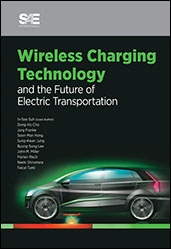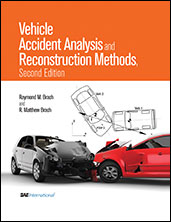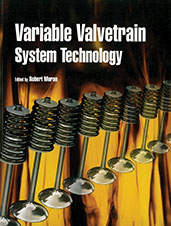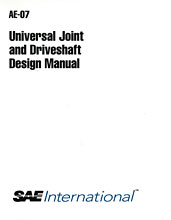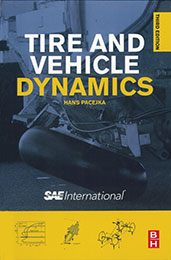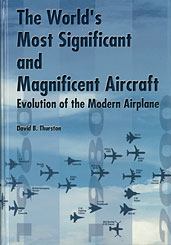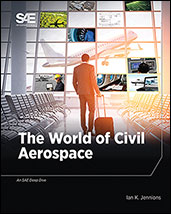Book

Workflow Modeling: Tools for Process Improvement and Application Development, Second Edition
2008-01-01
This extensively revised second edition of the acclaimed and bestselling book, Workflow Modeling serves as a complete guide to discovering, scoping, assessing, modeling, and redesigning business processes. Taking into account the feedback from clients, workshop students, business professionals and other readers of the first edition, the authors have created this thoroughly updated and expanded resource, offering you clear, current, and concise guidance on creating highly effective workflow systems for your organization. Providing proven techniques for identifying, modeling, and redesigning business processes, and explaining how to implement workflow improvement, this book helps you define requirements for systems development or systems acquisition. By showing you how to build visual models for illustrating workflow, the authors help you to assess your current business processes and see where process improvement and systems development can take place.
